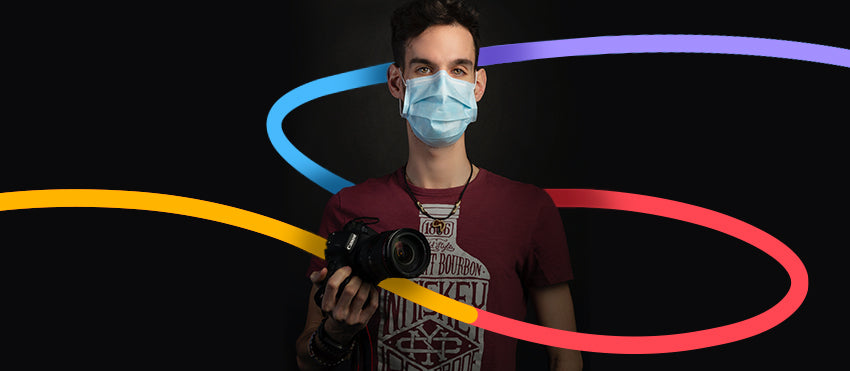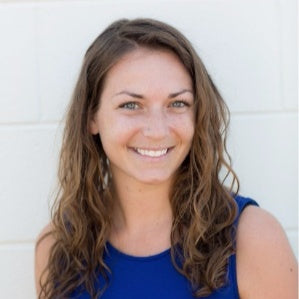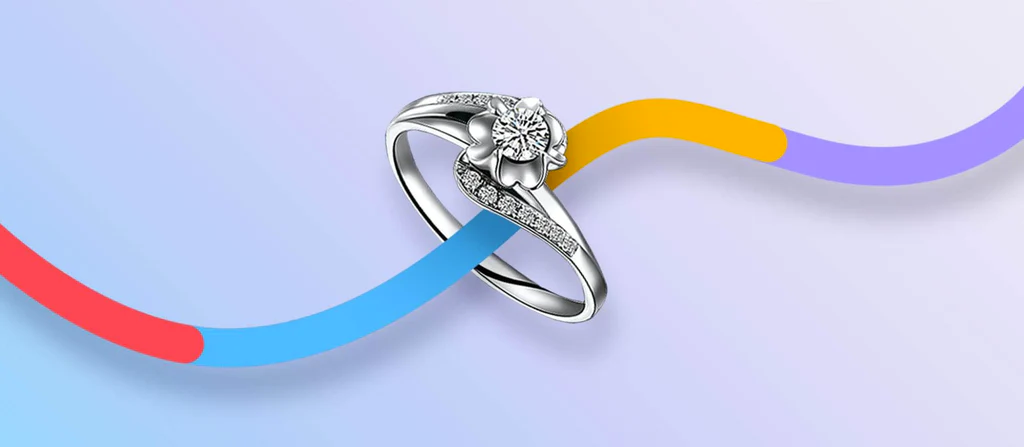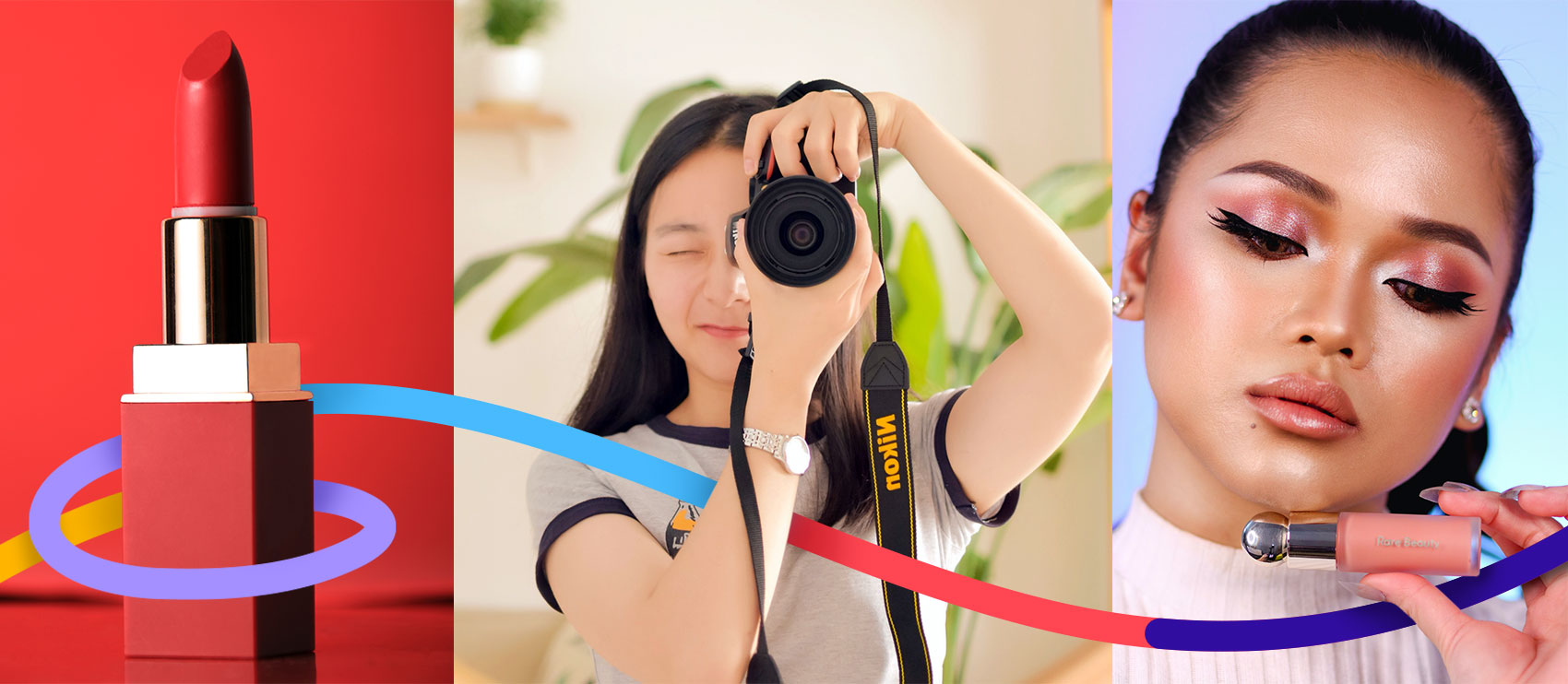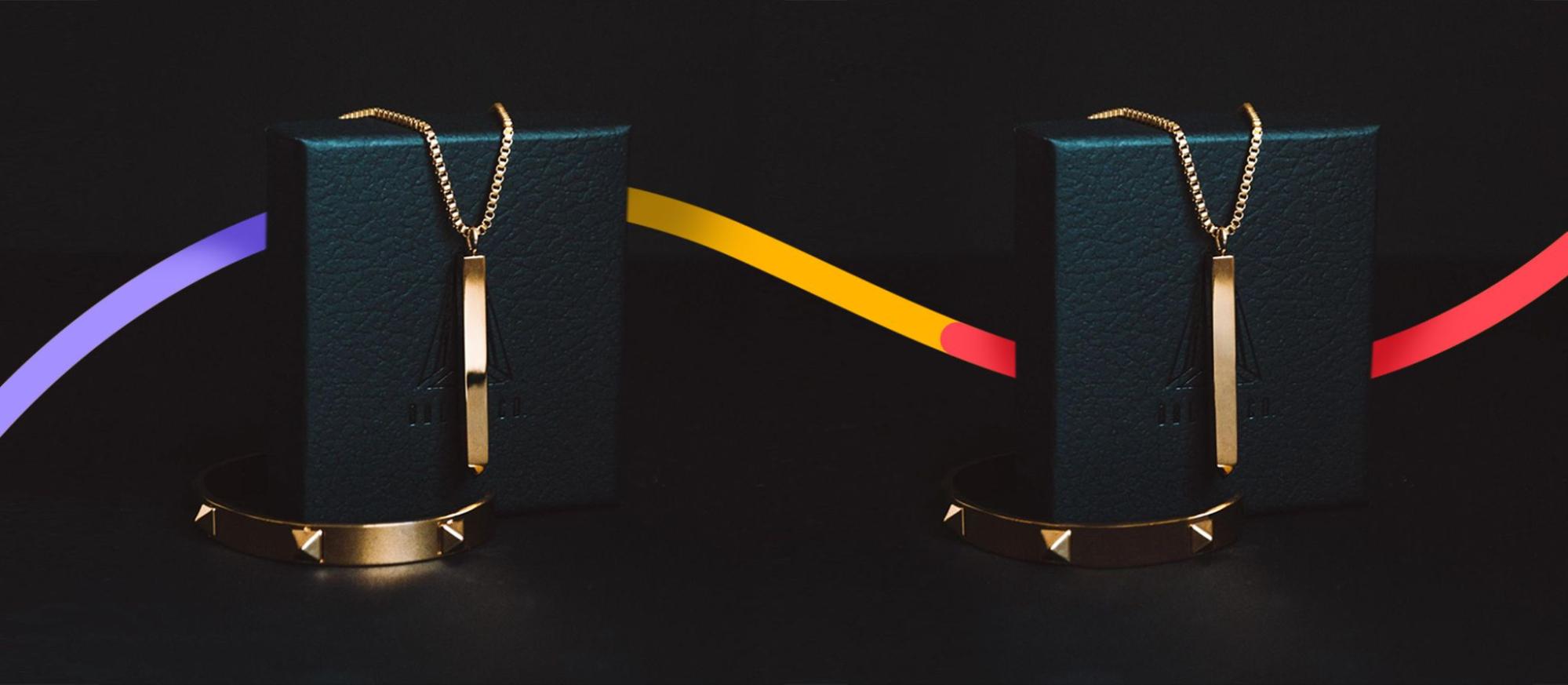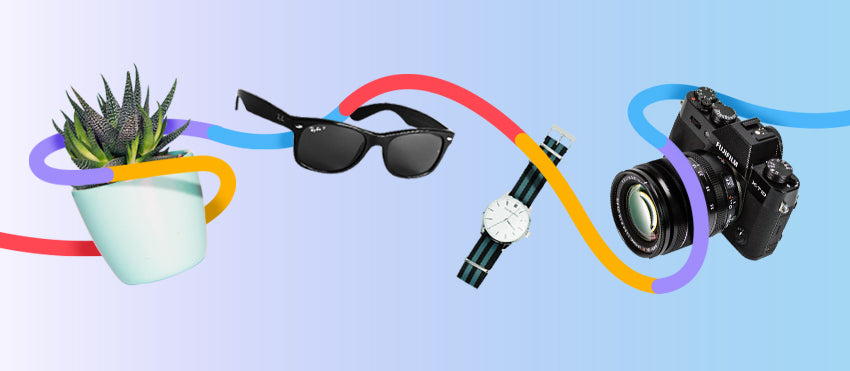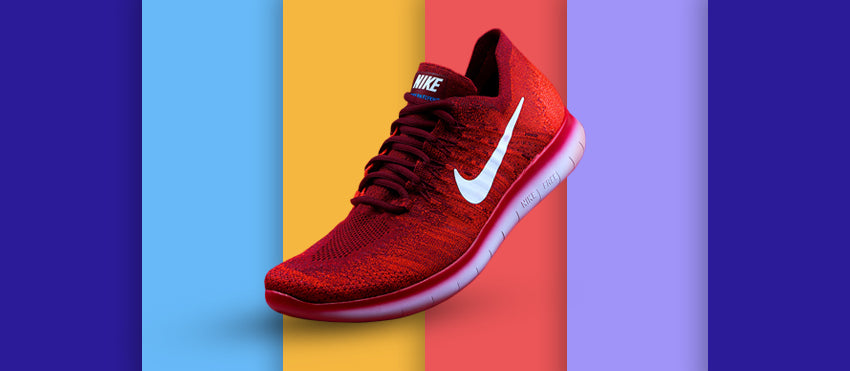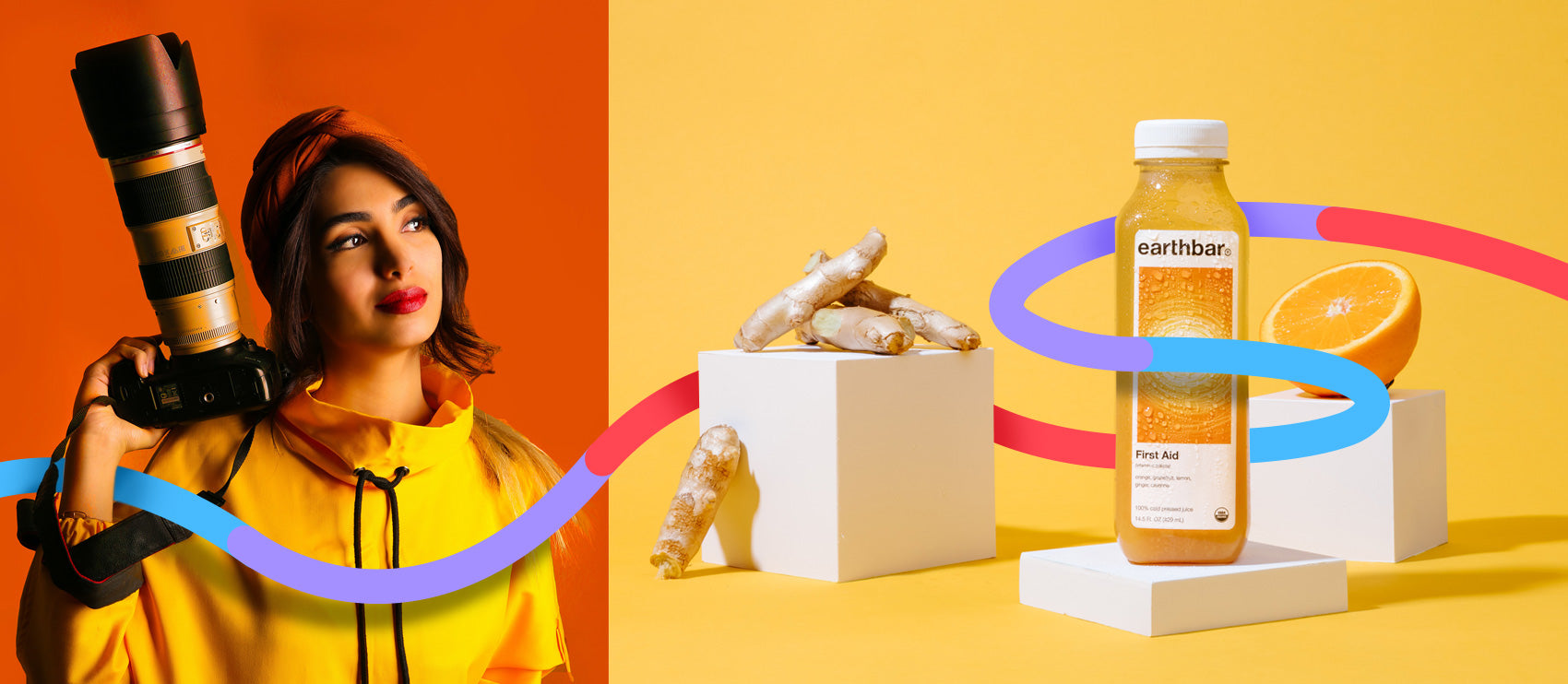The coronavirus pandemic has changed the way we work. More virtual, more staying at home, more safety precautions. And while many industries enjoy a somewhat straightforward transition to a remote model, other jobs can’t be done remotely. Such is the case when it comes to product photography.
In 2020, photoshoots have changed. Photographers and brands have had to get creative and work around social distancing guidelines to keep them and their teams safe while keeping the business up and running.
Take St. Joseph Communications, for example. The team has reimagined shoot days while maintaining a commitment to high-quality work.
Prep and sanitize equipment
Clean and sanitize your gear
First and foremost, you’ll want to make sure cameras and lenses are clean and sanitized before use. Start by cleaning your camera before moving onto the sanitization. Then, with an EPA-approved COVID-19 disinfectant, wipe the camera and lens body completely, as well as the strap, tripod, and any other associated equipment. It’s a good idea to wear gloves during this process. If those cleaners are unavailable, you can also make your own.

If possible, avoid sharing equipment. Otherwise, ensure everyone handling items wears gloves at all times.
Prep your products
Products are always handled on shoots, and they need to be treated much the same way. Constant cleaning and sanitization, combined with glove-wearing, can help to mitigate COVID-19 transmission on the set.
Professional photographer Sabina Motasem had to hold a photoshoot where models wore dresses. “All the dresses were dry cleaned and carefully steamed at a high temperature ahead of the shoot,” she says. “Luckily all the dresses she was getting dressed in were easy to slip in and out of.” She makes a valid point — if models need wardrobe changes, keep it as simple as possible, especially if you’re not shooting the apparel itself.
Pull out the zoom lens
Social distancing guidelines recommend 6 feet between people, giving you the perfect excuse to whip out that expensive zoom lens. This way, you can shoot from a distance without sacrificing the quality of your shots. Remember, though, zoom on a smartphone camera isn’t going to cut it. This will result in pixelated images. It’s important to have a high-quality camera for product photography and then purchase the lens(es) you need.
Edit remotely
Though most of the work happens during the shoot, post-processing is an important step for every product photo. And it can also be done remotely. So instead of editing your photos on the spot or at the office afterwards, take them home and cull your shots to refine them later.
“This is generally the most important part of the content creation process. If anything, we rely more on editing and post-processing now because the number of companies discovering the power of social media is exploding, which means the overall amount of content being produced now is greater than we've ever seen,” says Christian Borys, managing director at Black Hawk, a content creation agency that shoots Amazon product videos. “This means there's tons of content to edit.”
Get your set
Choose the right shoot location
Where you have your photoshoot dictates a lot of the measures you’re able to take once on-set. It’s important to choose a location that’s not only safe for you and everyone else involved, but also a set that works for the look you’re trying to achieve with your images. Not to mention travel logistics.
Keeping things as local as possible makes logistics a lot easier in terms of changing travel restrictions, budget, and other logistics. “We shot close to where the model was living so she was able to go to her home and get changed without any help,” says Sabina.
The New York Institute of Photography goes so much as to recommend an at-home studio. If you don’t have a space of your own, we’ve put together a guide to help you build a home photo studio.
If the weather cooperates, get outside. “We find ourselves doing more in office shoots for sure, as well as many more outdoor shoots,” says Christian.
Bear in mind, outdoor shoots might be “safest” but they also come with a whole set of challenges. “It’s a completely different set of checks that you need to do. We did lots of previous reconnaissance on the locations and checked all the different places we could shoot at various times of the day to check where the shadows lie,” Sabina says.
“As [our shoot] was outside, there were a number of things we needed to retouch in post-processing like shadows and leaves we wanted to remove — things that can be easily controlled in a studio environment but not so easy outside,” she says. With the weather getting colder in many parts of the world, it’s more difficult to have outdoor shoots. If you have to book a photography studio, look for large spaces with lots of ventilation when possible. “We will be doing more shoots in a large studio as the weather is now colder, but we will be maintaining the same restrictions of minimal numbers of people on the shoot, and others joining via Zoom or WhatsApp video.” Plexiglass barriers have made an appearance at retail outlets, salons, restaurants, and other in-person businesses. You can do the same when it comes to product photography to separate individuals from one another, be it photographers, stylists, models, clients, whomever. Many workplaces, gyms, and other indoor spaces where people “gather” have introduced restrictions regarding personal items. The theory behind this is that more personal belongings means more items to potentially transmit the virus, so reducing or even eliminating those factors can also mitigate the spread. Though all attendees should be encouraged to bring their own masks, sanitizer, and gloves, it’s also important to provide it. Set up sanitizing stations for hand sanitizer along with wipes, gloves, masks, and any other COVID-19 supplies you can provide. Make sure any sinks are fully stocked with hand soap and disposable towels as opposed to reusable ones. You can refer to the FDA’s list of approved hand sanitizers or CDC’s list of recommendations for guidance. When working in any indoor space, it’s important to ensure as much ventilation as possible. This allows the air to refresh and increases the likelihood of it staying COVID-free. Use fans and open windows and doors to help. Behind every successful photoshoot is a whole team of people. You want to limit who’s on set at any given time, so it’s a good idea to stagger the job. Sure, this requires a lot more time than usual, but we’re not living in a “usual” environment. When it comes to lighting, send the crew in ahead of time. Early guidelines from the Professional Photographers of America (PPA) stated, “Photographers should maintain social distancing, using no-touch posing methods when at all possible. Until further notice is received from the CDC and other health officials, the maximum gathering for a photographic shoot of 10 or fewer persons should be observed.” This might mean doing without a stylist, for example. In that case, you’ll need to look at ways to style your own shoot or get them to dial in and offer guidance virtually. Sabina slimmed her crew down to the bare minimum. “We minimized the number of people on the shoot, with just the stylist, photographer, designer, and model,” she says. “The hair stylist and makeup artist did lots of training with the model via Zoom, which I was involved with. I organized the shoot myself, and I also bought the model a set of makeup.” But this doesn’t mean you need to completely exclude the rest of your team. Video chat tools make it possible to collaborate virtually. “I had a WhatsApp video call going so the hair and makeup people could watch the shoot happening in real time.” Masks and social distancing are preventative measures to help mitigate the spread of the virus. "We asked everyone ahead of the shoot to bring masks, but I had some masks to give out should anyone not have any and we ensured that we maintained the correct distance away from anyone," says Sabina. Models can also do their own hair and makeup with virtual guidance from the pros. If a team is needed, everyone should wear a mask, models included if possible. Models can remove the mask for the shoot itself. It's also important to encourage people to stay home if they feel unwell, experience any symptoms, or may have been exposed. As the COVID-19 pandemic continues with its spikes and falls, local regulations are constantly changing. It’s important to stay apprised of what’s happening in your area. Many jurisdictions have COVID-19 alert systems you can subscribe to and stay up-to-date. Some workplaces have gone as far as to designate a committee or person to head the organization’s COVID-19 efforts. This is what the folks at Black Hawk have done. “During corona, we've gone so far as to add another role to our shoots which we've called the COVID safety specialist,” says Christian. “This person's entire role on the set is to ensure that everyone is abiding by the rules set forth, especially mask wearing and social distancing.” If someone from your photoshoot ends up testing positive for COVID-19, there are certain measures you’ll have to take. It’s always best to reference your local government and health department’s guidelines. In the U.S., the FDA has laid out a set of recommendations to help employers deal with these circumstances. Staying on top of work is difficult enough in normal times. Add a pandemic to the mix and it can make even the simplest of tasks seem impossible. If you’re struggling to keep up with your post-processing workflow, look for ways to outsource a bit of the burden.
“Doing a shoot outside involves more preparation and you end up shooting less products, but the quality of the shoot was just as good as our previous shoots.” – Sabina Motasem, professional photographer
Install barriers
Limit personal belongings
Offer sanitizing stations

Ventilate
Set up the lighting ahead of time
Protect your people
Limit the number of people
Wear masks and social distance
Stay informed
Create a COVID role
What to do if someone tests positive
Moving forward with your photoshoots

